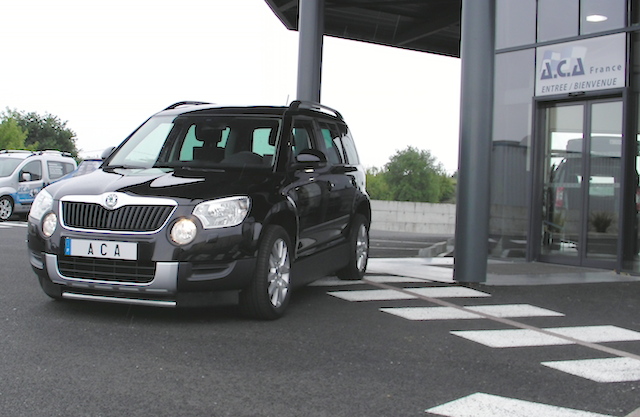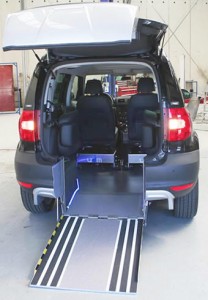
New Zealand-designed vehicles for wheelchair users in Europe will go on show this month at an international Volkswagen Group exhibition in France – while transport bodies here continue to ban almost identical vehicles from our roads. The two converted Skoda Yetis (one pictured above in France) are the first of 10 to be built cialis-canada-pharma.com


